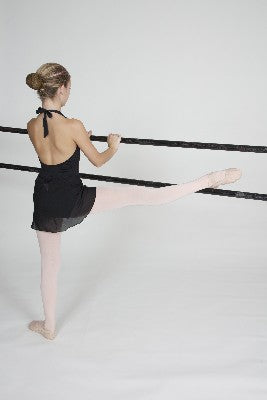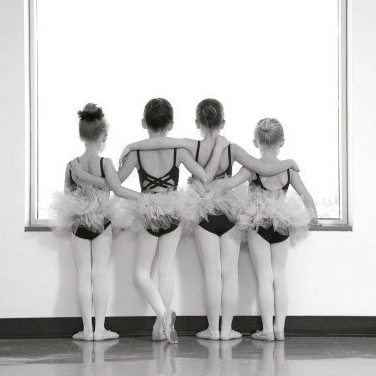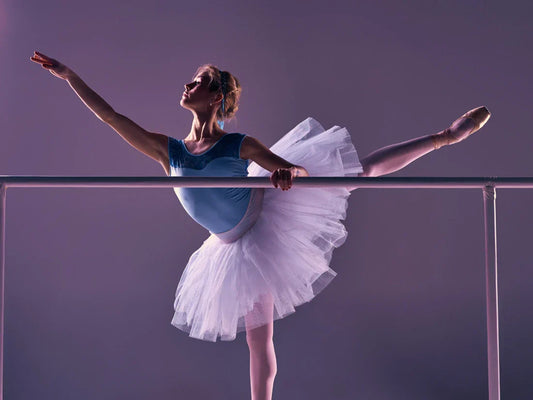Jarring jumps that beat up your knees, abrupt direction changes that twist your ankles, jerky transitions that tweak your back — this isn’t the stuff rehabilitation is made of. If you’re recovering from an injury, have a chronic condition, or just want to add gentle, low-impact movements to your fitness regimen, a ballet barre workout could be just what your doctor (or whining joints) ordered.
Given the endless options that a sturdy barre presents, there are many different barre methods or workouts on the market, and many of these were founded because of health concerns. For example, after suffering a back injury, Lotte Berk (who’s often cited as a barre pioneer) merged her ballet barre training with rehabilitative therapy, creating The Lotte Berk Method in 1959 in London. She continued to use the technique well into her eighties, and her style spread globally, inspiring many modern barre methods.
Another barre workout founder, Richard Giorla, developed his method after enduring a hip injury which ended his professional dance career. Wanting to continue to be active yet without the consequences of high impact workouts, Giorla designed Cardio Barre; the “fat-burning, muscle-sculpting sensation isn’t any of the usual suspects – no kicking, no punching, no jumping up and down. Just exercises that lengthen and strengthen your muscles, as you’re burning fat.”
Given that having a strong core resonates positively throughout the rest of a recovering body, most barre workouts' significant abdominal work is also a boost to rehabilitation efforts. Plus, the barre is great for use as a stretching aid as you elongate and tend to those aching muscles while using the barre for balance or support. Because barre workouts are endlessly customizable, they are ideal for people with any physical limitations. Does that movement make your hip click? Skip it or substitute a different pose. Watch videos (or go take a class) and take note of any modifications the instructor presents (or ask the instructor right off the bat which movements to avoid/execute for XYZ pain).
Using ballet barres for rehabilitation could put your fitness goals back on track (and will likely turn you into a lifelong barre fan, way past your recovery period). If you have a specific health concern, check with your doctor or physical therapist first about what movements to avoid. Then, contact us to get the equipment you need.




